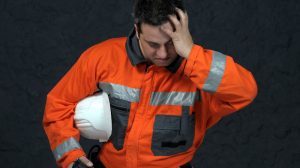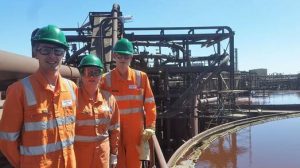Shift workers and FIFO worker fatigue risks have been identified in leading research conducted by the University of Western Australia. Almost all (97 per cent) shift workers are unable to adjust...
Category - MINE SAFETY RESEARCH
Mine safety research seeks to evaluate and quantify condition affecting the health and safety of mine workers. AMSJ regularly features a range of research articles that contribute to the global discussion and body of knowledge on the health and safety of mine workers and the communities where they live.
Our page provides summaries and links to the latest cutting-edge research and provides a forum for researchers to share their findings with the mining community.
Australasian Mine Safety Journal provides links to the world’s leading research providers, research funding organisations, research related conferences and other related bodies.
Research areas of interest to our readership extend across emerging issues in mine safety and health including FIFO, human-machine interactions (proximity detection), management of dust, the effects of automation on mining safety and health, programmable electronic systems in safety and health, malware and software issues that may affect workers, remote operations centre health and safety, refuge and shelter in underground mines.
We welcome contributions from leading safety and health researchers.
A US researcher has found that working a shift longer than 9 hours was associated with a 32% increased risk of an injury resulting in death and a 73% increased risk that an incident would cause...
‘Night owls’ – those who go to bed late and then get up later – have significantly lower functional connectivity in the brain, slower reaction times, and may struggle with a standard 9-5 workday...
Many across the mining industry have recognised that extended night shift work has long been associated with impaired alertness and performance. The probability of health-related complications and...
A Cardiff University Research project conducted on behalf of the Institute of Occupational Safety and Health has investigated the nature and operation of arrangements for worker representation on...
Flinders students William Tucker, Samantha Pandelus and Daniel Rossouw at Olympic Dam. (Fourth researcher Shaun Johns absent). Outback mine site research in South Australia is expanding in an...
There may not be a safe level of coal dust exposure, University of Melbourne researchers have suggested. Since May last year, Queensland has confirmed 15 cases of Coal Worker’s Pneumoconiosis (CWP)...
















